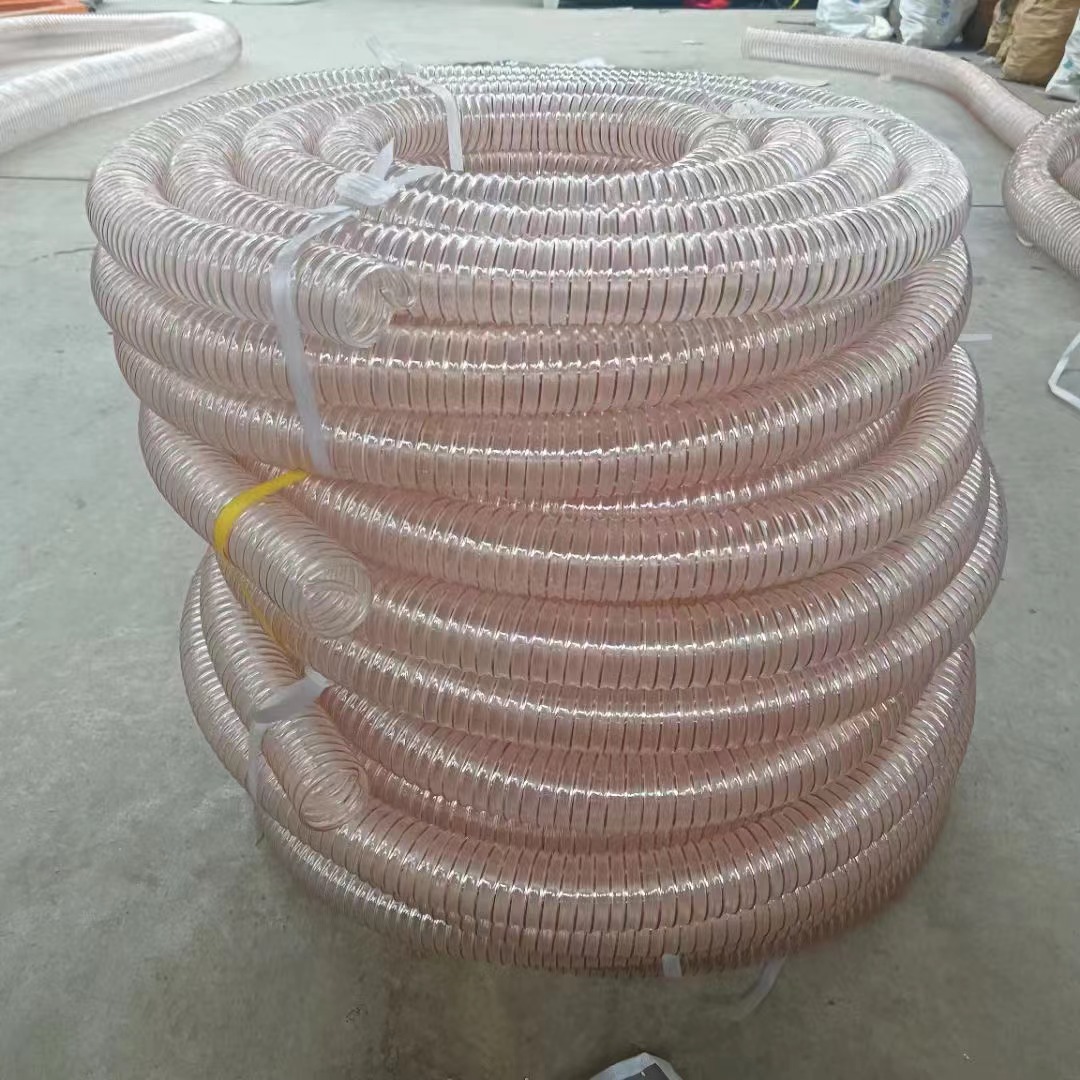oxy acetylene welding hose
Understanding Oxy-Acetylene Welding Hose A Vital Component for Welders
Oxy-acetylene welding, a widely utilized technique in the metal fabrication industry, relies heavily on the use of specialized equipment to achieve the desired results. Among these crucial components is the oxy-acetylene welding hose. This article will delve into the importance of these hoses, their construction, applications, and safety considerations, providing a comprehensive overview for both novice and experienced welders.
What is an Oxy-Acetylene Welding Hose?
Oxy-acetylene welding hoses are flexible tubes engineered to transport oxygen and acetylene gases from their respective tanks to the welding torch. The hoses come in distinct colors; typically, the oxygen hose is green, while the acetylene hose is red. This color-coding is crucial for safe handling, helping to prevent accidental connections that could lead to dangerous situations.
Construction and Features
The construction of oxy-acetylene welding hoses is of paramount importance. These hoses are typically made from rubber or thermoplastic materials that can withstand high pressures and temperatures. The interior is designed to resist the corrosive effects of the gases being transported. The outer layer is rugged and durable, ensuring that it can withstand abrasion and physical stress in a workshop environment.
One critical feature of these hoses is their ability to handle high pressures, often up to 200 psi. Additionally, they’re designed with a safety factor in mind, ensuring that they can cope with unexpected surges in pressure without rupturing. It’s also worth noting that these hoses are often reinforced with fibers to enhance their strength and durability.
Applications in Welding
oxy acetylene welding hose

The oxy-acetylene welding process is utilized across various industries, including automotive, aerospace, and construction. The welding hose plays an integral role as it ensures a steady and reliable flow of gases needed for high-temperature combustion. This combination enables welders to melt metals and join them effectively.
In addition to welding, oxy-acetylene hoses are also used for cutting metals. The precise flame produced by the combination of oxygen and acetylene allows for controlled cutting, making it a preferred method for metalworking professionals.
Safety Considerations
Safety cannot be overstated when dealing with oxy-acetylene welding hoses. Leaks can lead to catastrophic explosions, and therefore, regular inspection of the hoses for wear and tear is crucial. Welders should also ensure that connections are secure and free from damage. Furthermore, it is essential to store hoses properly, away from extreme temperatures and potential hazards.
In case of leaks, using a soap solution to detect the presence of gas is highly recommended. If a leak is detected, the hoses must be replaced immediately. Welders should also be familiar with proper handling procedures, including the importance of keeping the hoses untangled to prevent kinks that could restrict gas flow.
Conclusion
In summary, the oxy-acetylene welding hose is a fundamental component that facilitates effective metalworking through the safe transport of gases. Understanding its construction, applications, and safety measures is critical for anyone involved in welding. By prioritizing safety and maintaining equipment, welders can ensure their work is not only efficient but also safe, leading to successful outcomes in their projects.
-
Top Quality Oxy Acetylene Hoses for Sale Fit for Welding DemandsNewsJul.28,2025
-
The Future of Pneumatic Air Tubes in IndustryNewsJul.28,2025
-
Superior and Reliable LPG Hose Pipe Solutions for Every NeedNewsJul.28,2025
-
Exceptionally Durable and Versatile Premium Braided PVC TubingNewsJul.28,2025
-
Best Adapters for Connecting Garden Hose to PVC Pipe ConnectionsNewsJul.28,2025
-
The Essential Role of LPG Hoses in Safe and Efficient Gas DistributionNewsJul.16,2025














